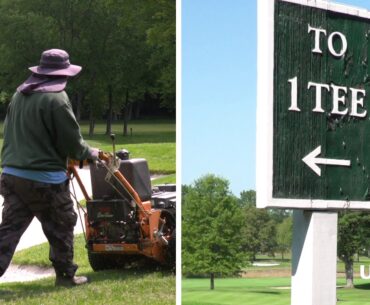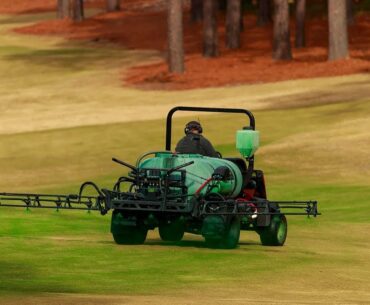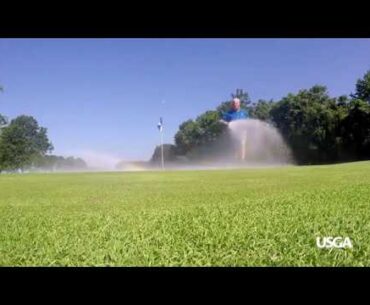Fixing ball marks is an easy way for golfers to care for the course, but not everyone knows the right technique. Here’s how to fix ball marks like a pro so the greens keep rolling smooth. For the full library…
How Golf Courses Help Protect and Enhance Water Resources Absorbing stormwater, filtering runoff and providing habitat are just a few ways golf courses protect and enhance valuable water resources. For the full library of telecasts and films from golf’s iconic…
How Golf Courses Can Recover From Winter Injury If your favorite course has winter damage, it can put a real damper on the excitement of spring golf. Here’s what golfers need to know about the recovery process and how long…
A lot happens on a golf course before we arrive at the first tee. Superintendents and their teams often begin work before sunrise to ensure that greens are mowed, tees are moved, holes are changed and countless other tasks are…
Published in the June 7, 2019 issue of the USGA Green Section Record. Encountering maintenance personnel during a round of golf is very common. Making sure they are aware of your presence and being patient while they move out of…
Turf Minutes: Using Turf Colorants On Golf Courses When the weather gets cold and grass turns brown, some golf courses turn to overseeding. But there is another option. Turf colorants can also provide year-round color but without the time, cost…
The word aeration stimulates negative emotions for many golfers. It may come as a surprise, but golf course superintendents also dislike aeration. After all, the last person who wants to disrupt the smoothness of the putting greens they work so…
Putting green speeds have long been a hot topic. While there are many opinions on the subject, one thing is for certain – faster doesn’t necessarily mean better. Every putting green has an architectural speed limit. When putting greens get…
Golf’s Use Of Water: Portable Moisture Meters Ever wonder how golf course superintendents know when turf actually needs water? Technology has helped make this a science, ensuring that irrigation only occurs when necessary.










